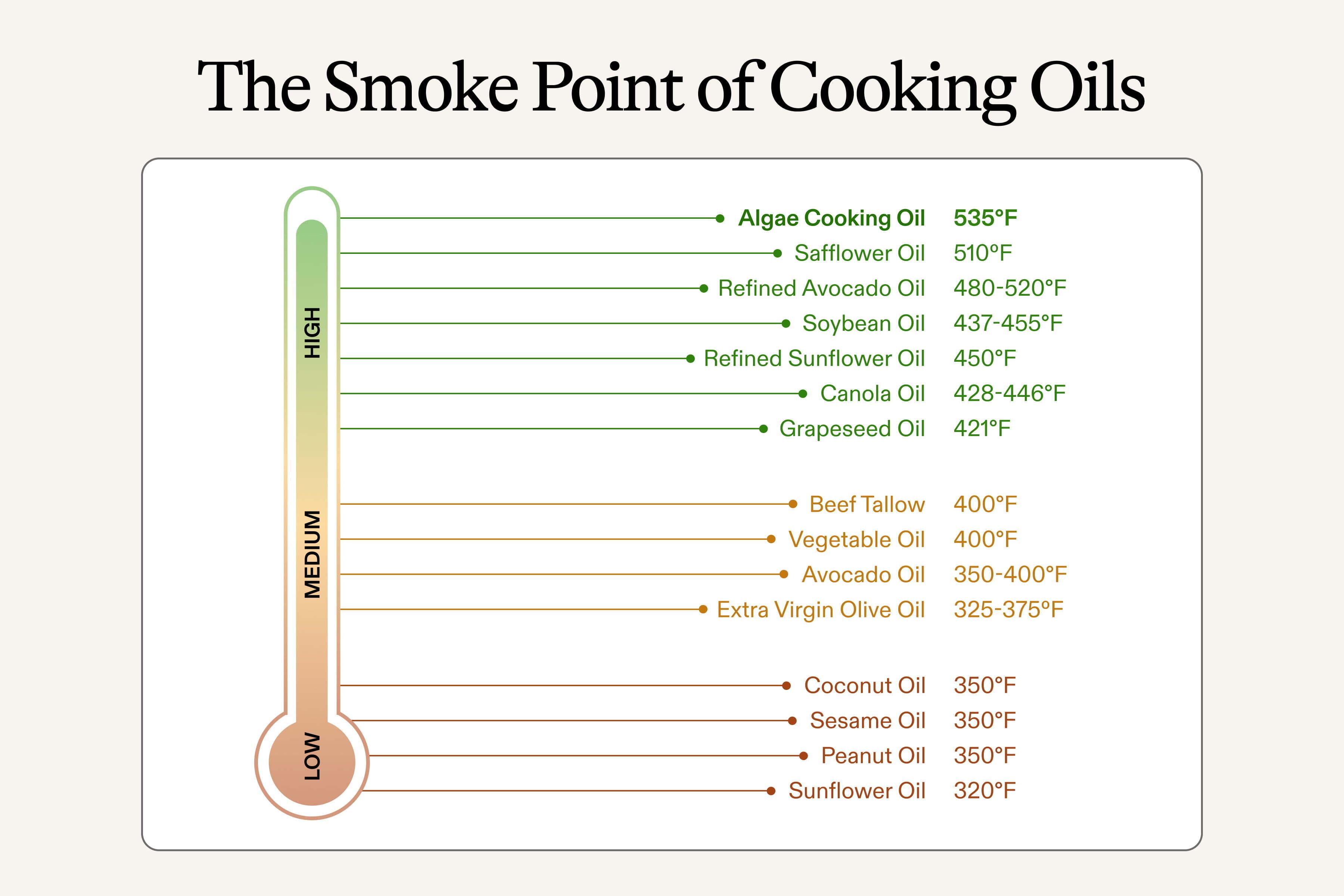In the ever-evolving world of culinary delights, the quest for the perfect cooking oil has led many home chefs and seasoned gourmets alike down a verdant path: organic avocado oil. Renowned not only for its vibrant green hue and buttery flavour profile, this oil has gained a loyal following among health-conscious consumers and culinary innovators. But how dose it truly measure up in the kitchen? In this taste test,we delve into the undeniable appeal of organic avocado oil,exploring its cooking performance,optimal uses,and impressive smoke point.From sautéing too baking, join us as we unravel the flavorful potential and culinary versatility of this trendy oil, ensuring your next meal is as delicious as it is nutritious. Whether you’re a culinary novice or an experienced chef, this examination will illuminate the qualities that make organic avocado oil a standout choice in your kitchen arsenal.
Exploring the Flavor profiles of Organic avocado Oil
When it comes to organic avocado oil, its unique flavor profile can elevate various dishes while providing a host of health benefits. The oil’s taste is often described as smooth and buttery, with a subtle hint of nuttiness that perfectly complements a range of ingredients. Its versatility allows it to shine in both sweet and savory preparations. Consider how this delectable oil can enhance your meals:
- Dressings and Marinades: Its creamy texture pairs well with fresh herbs and citrus, enhancing salads or grilled vegetables.
- sautéing and Roasting: The mild flavor allows it to seamlessly blend with spices and other oils,making it an excellent base for sautéing meats and vegetables.
- Baking: Use it to replace butter or other fats in baked goods for a healthier twist without compromising on taste.
One of the standout features of organic avocado oil is its high smoke point, which generally ranges around 480°F (250°C). This makes it an ideal option for high-heat cooking methods like frying or searing. The oil’s resilience at elevated temperatures means it doesn’t break down as quickly as some other cooking oils, preserving its nutrients and flavors. Here’s a quick comparison of smoke points for common oils to illustrate its advantages:
| Oil Type | Smoke Point (°F) |
|---|---|
| Organic Avocado Oil | 480°F |
| Extra Virgin Olive Oil | 375°F |
| Coconut Oil | 350°F |
| Canola Oil | 400°F |

Evaluating Cooking Performance: High Heat vs. Low Heat Applications
When it comes to evaluating the cooking performance of organic avocado oil,one crucial factor to consider is the application of heat.High heat applications, such as sautéing and frying, bring out distinct characteristics of the oil, primarily its flavor and smoke point. Avocado oil is known for its relatively high smoke point, usually around 480°F (249°C), making it suitable for various high-heat cooking methods. This high tolerance helps retain the oil’s beneficial properties while preventing the formation of harmful compounds. When employing high heat, it’s essential to monitor the oil closely to avoid reaching its smoke point, which can result in a bitter taste and diminished nutritional value.
Conversely, low heat applications like salad dressings or gentle sautéing allow the intricate flavors of organic avocado oil to shine. At lower temperatures, the oil remains stable and can infuse dishes with a mild, buttery taste that complements a wide range of ingredients. Using it cold drizzled over fresh greens or blended into sauces maximizes its rich nutrients while enhancing the dish’s overall flavor profile.The following table summarizes the differences in cooking applications:
| cooking Method | Heat Level | Flavor Impact |
|---|---|---|
| Frying | High | Bold and toasted |
| sautéing | Medium to High | Rich and buttery |
| Salad Dressings | Low | Fresh and vibrant |
| Marinades | Low | Subtle and aromatic |

Understanding the Smoke Point: Implications for Healthy Cooking
The smoke point of an oil is a crucial factor that not only affects health but also plays a significant role in cooking performance. When an oil reaches its smoke point, it begins to break down, producing smoke and perhaps harmful compounds. For those who prioritize healthy cooking, understanding these implications can lead to better choices that enhance flavor while also being mindful of nutrition. Oils with higher smoke points, like avocado oil, are ideal for high-heat cooking methods such as frying and sautéing, allowing chefs to achieve beautifully seared dishes without compromising the oil’s integrity.
Additionally, the nutritional benefits of oils can diminish once they exceed their smoke point. To illustrate this, consider the following characteristics of various popular cooking oils:
| Oil Type | Smoke Point (°F) | Ideal Cooking methods |
|---|---|---|
| Organic Avocado Oil | 520 | High-heat frying, sautéing |
| Olive Oil | 375-405 | Dressings, low to medium frying |
| Coconut Oil | 350 | Low to medium frying, baking |
By choosing oils with appropriate smoke points for specific cooking methods, you can elevate your culinary creations while ensuring you maintain the healthful properties that oils have to offer.

Recommendations for Choosing the Best Organic Avocado Oil
When selecting organic avocado oil,it’s crucial to consider several factors to ensure you’re getting the best quality for your culinary pursuits. Look for oils that are cold-pressed as this method preserves the nutrients and vibrant flavor characteristics of the avocado fruit. Additionally, check for a dark glass bottle or a container that protects the oil from light—this helps in maintaining its freshness and prevents rancidity. Reading labels is essential; opt for oils that are labeled as 100% organic and ideally, certified by reputable organizations.
Another crucial aspect to consider is the smoke point of the avocado oil, especially if you intend to use it for high-heat cooking. Typically, higher-quality avocado oils boast a smoke point of around 480°F (249°C), which is excellent for sautéing, frying, or baking. To help you compare various options, here’s a simple table showcasing some popular brands and their respective qualities:
| Brand | Cold-Pressed | Smoke Point (°F) | Organic Certification |
|---|---|---|---|
| Brand A | yes | 480 | USDA Organic |
| Brand B | Yes | 475 | non-GMO |
| Brand C | No | 400 | None |
The Conclusion
our exploration of organic avocado oil reveals a versatile cooking companion that not only stands out for its delightful flavor but also for its impressive performance in the kitchen. With a high smoke point that allows for various cooking methods—from sautéing to baking—this oil proves to be as adaptable as it is delicious. As consumers become more conscious of their culinary choices, organic avocado oil emerges as a promising option worth considering for both health and flavor. Whether you’re drizzling it over a fresh salad or using it to sear your favorite proteins, this oil truly elevates everyday dishes to gourmet experiences.Now armed with insights from our taste test, you can confidently incorporate organic avocado oil into your culinary repertoire. Happy cooking!






